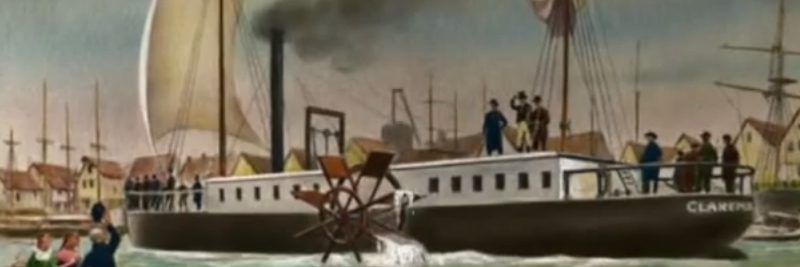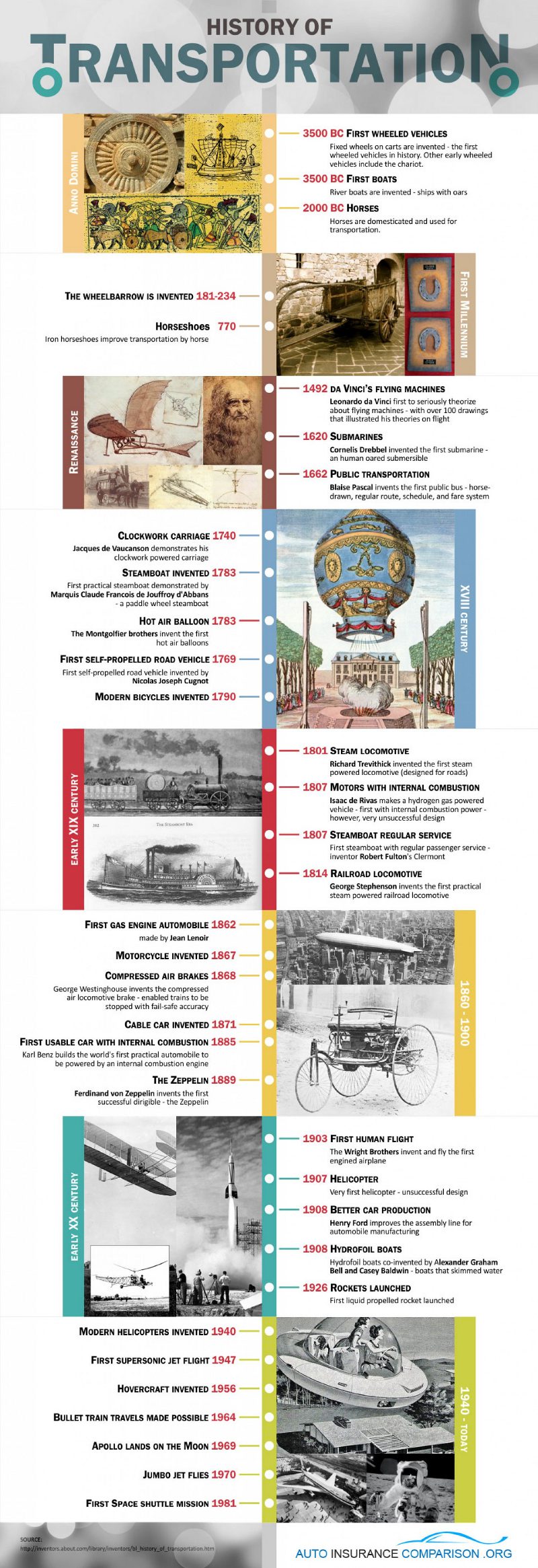The steamboat was undoubtedly one of the most important inventions of its time. Designed by Robert Fulton, who was an engineer who loved to improve on current designs, he invented the first practical steamboat for commercial purposes in 1807. This was the culmination of nearly three decades of work that began when Fulton had a visit with William Henry and learned about the steam engine for the first time.
It is important to note that steamboats were around for nearly 70 years before Fulton was given credit for the steamboat. Jonathan Hulls was granted a patent in 1736 for a boat that was powered by a steam engine. Even James Watt had worked on putting steam engines into boats, although his efforts initially failed. In France, a steamboat was produced in 1783 as well. A number of other inventors also produced working boats.
Fulton Also Invented Other Seaworthy Ships
In 1800, before the invention of the commercially viable steamboat, Napoleon Bonaparte actually commissioned Fulton to develop the first practical submarine. It was called the Nautilus and it was initially intended to be a means of leveling the naval power of the English with the French. Made of iron, copper, and with wood inlay, it featured two horizontal “fins” that we would call diving planes today with a small rudder. Air was available through a snorkel system.
Over the next few years, Fulton switched his European allegiances from the French to the English and helped to develop the first naval torpedoes that were used as well. By 1806, Fulton ceased his European ambitions, came back to the United States, got married, and then settled down. He had four children and was a member of the Erie Canal Commission until his death.
Fulton died in 1815 because of tuberculosis. His final invention wasn’t completed until after his death, but he is credited with the invention of the first steam powered naval warship as well. Initially called the Demologos, it was named after him when he died to honor him. The ship never saw any action, however, and it was the only ship that was ever built of that design.
How Did These Designs Change History?
Robert Fulton’s tireless work to improve steam engine technology in the naval world helped to propel modern transportation toward the modern age. Up until his improvements, steam engine technology in boats was experimental at best and many efforts burned out after less than an hour of operation… if they didn’t just sink afterward.
Fulton is honored in a variety of ways today because of the work that he completed. A number of ships in the US Navy have been called the USS Fulton and there is statue of him in the Library of Congress that lists him as one of the 8 pillars of civilization.
Not bad for a guy who bought a farm for 80 pounds stirling.
Strong proponent of individual liberty and free speech. My goal is to present information that expands our awareness of crucial issues and exposes the manufactured illusion of freedom that we are sold in America. Question everything because nothing is what it seems.




















